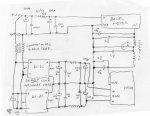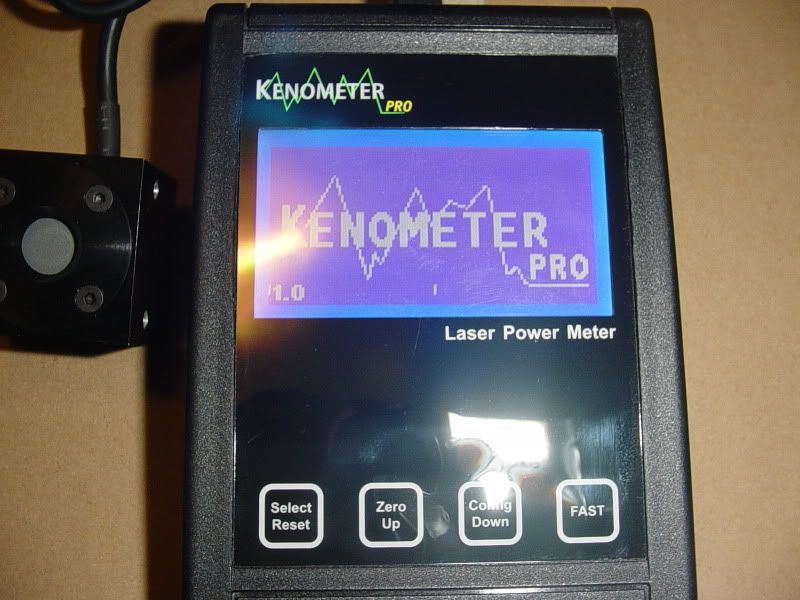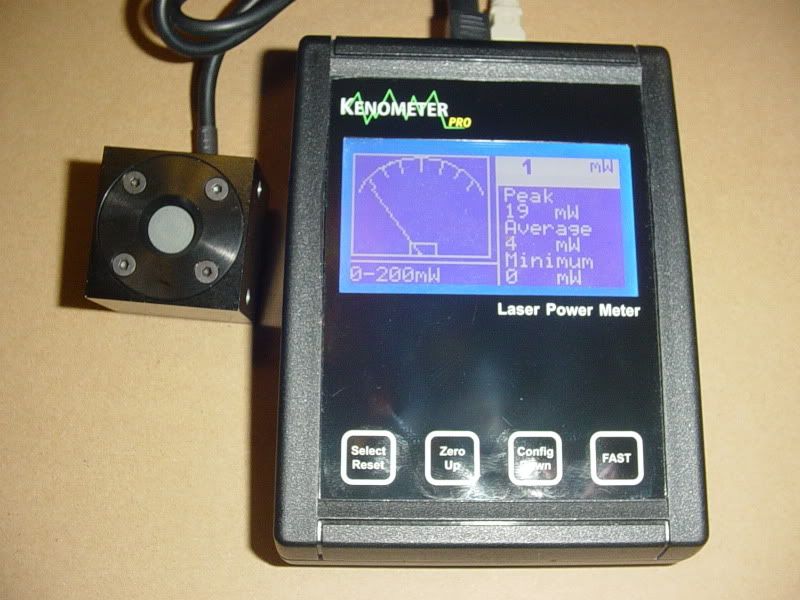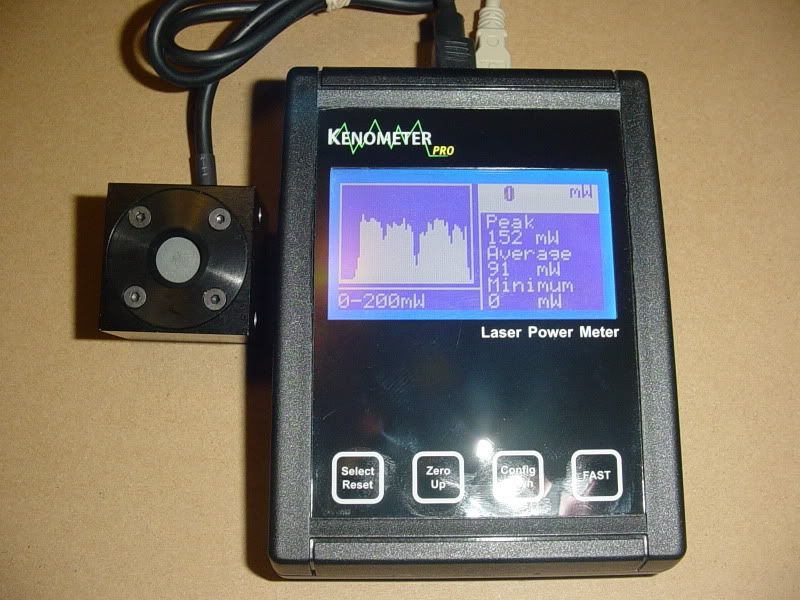Kenom
0
- Joined
- May 4, 2007
- Messages
- 5,629
- Points
- 63
mario you should post the pictures of the ripple coming from the dc/dc converter tests.
As to the ripple coming from the output, it's still not a bad idea to use the capacitors you mentioned. Heck i've never heard of having too much filtering.. LOL
As to the ripple coming from the output, it's still not a bad idea to use the capacitors you mentioned. Heck i've never heard of having too much filtering.. LOL




















